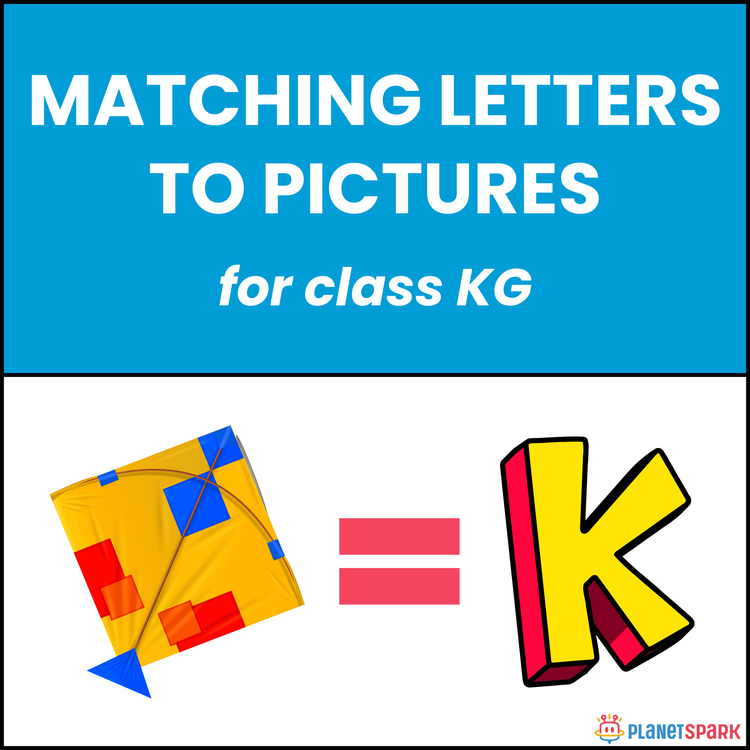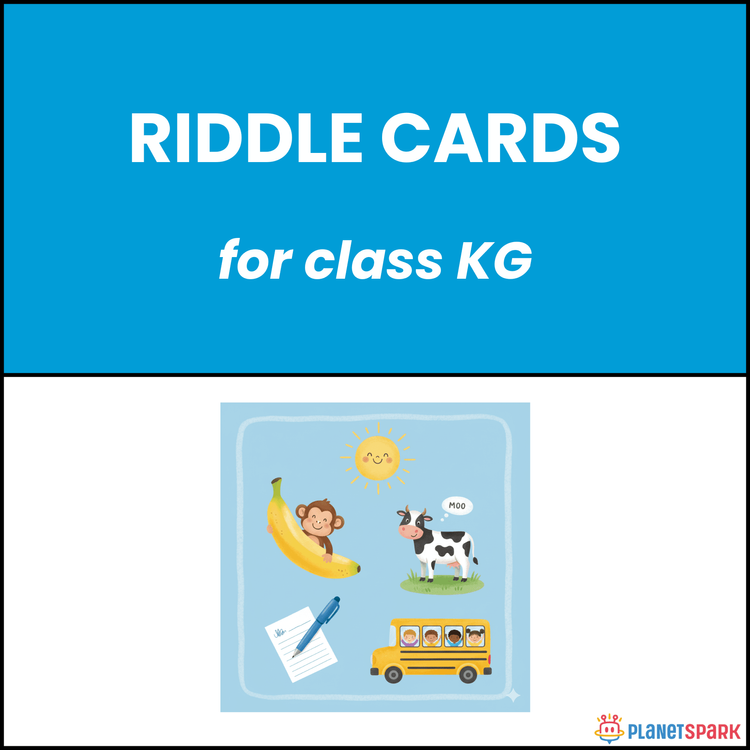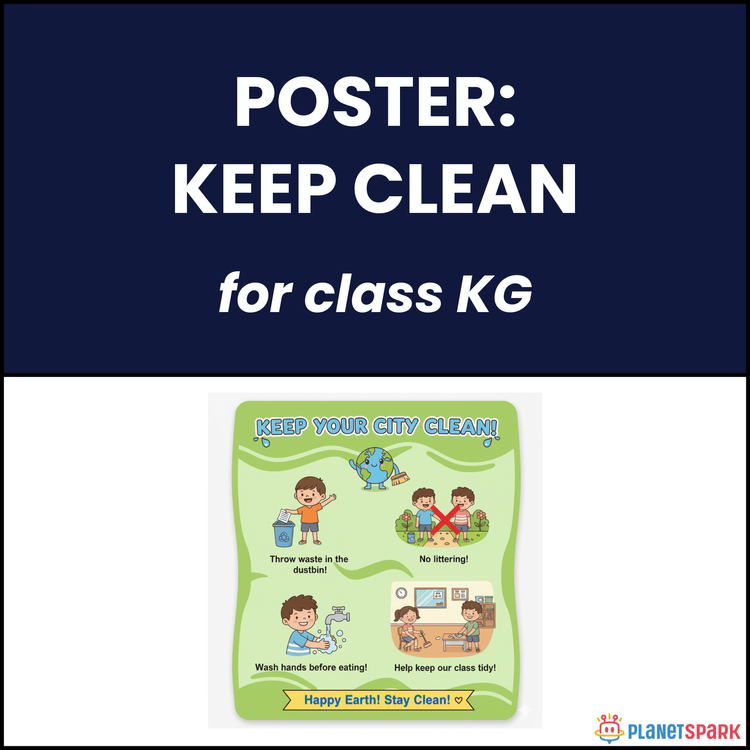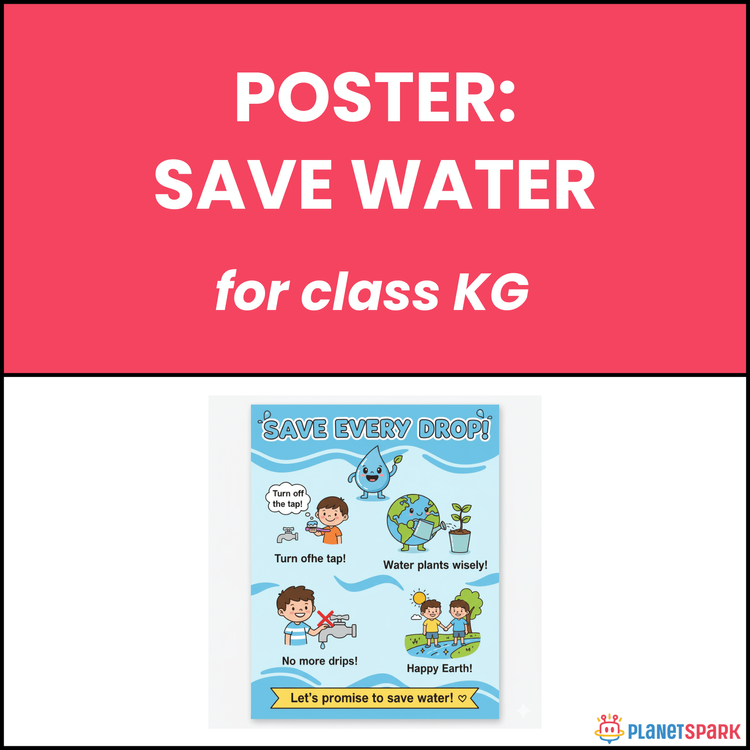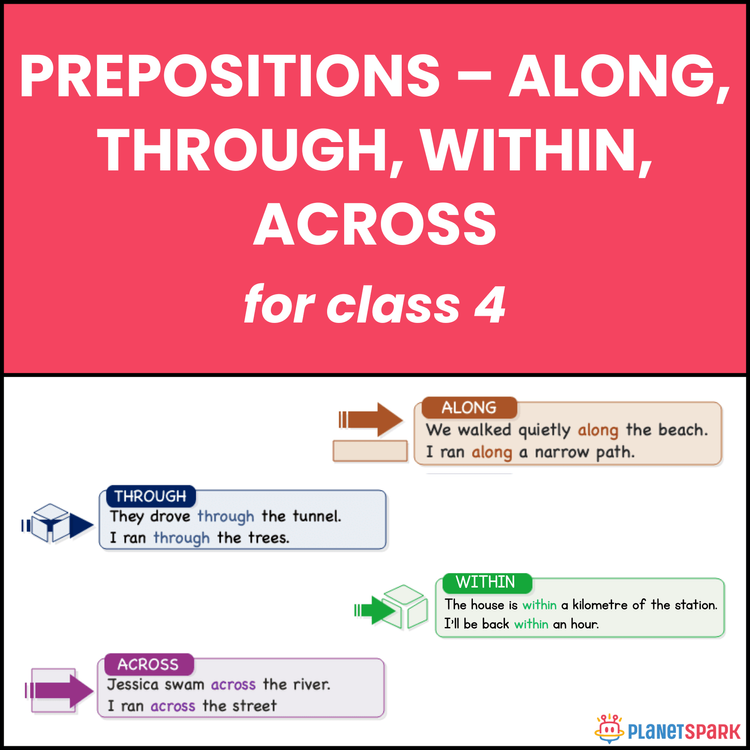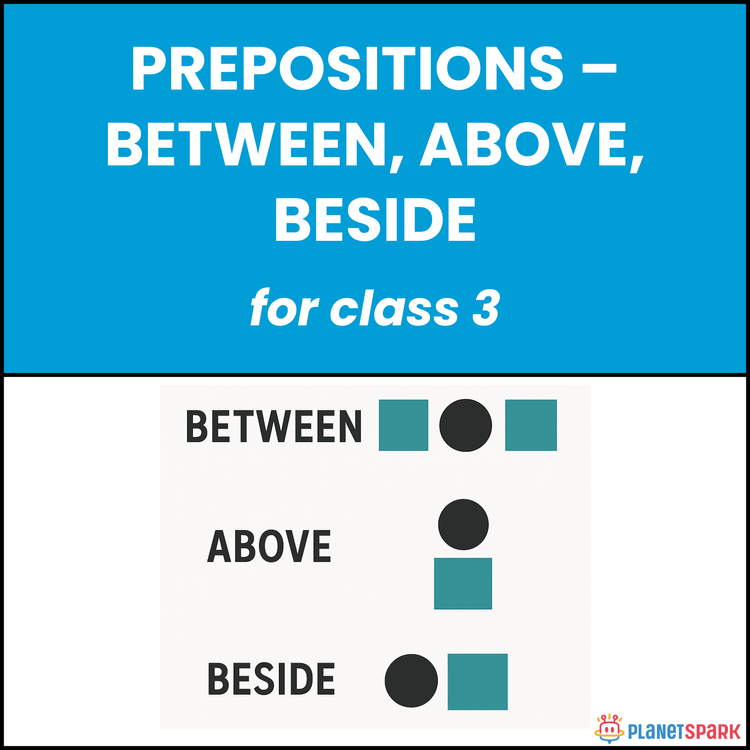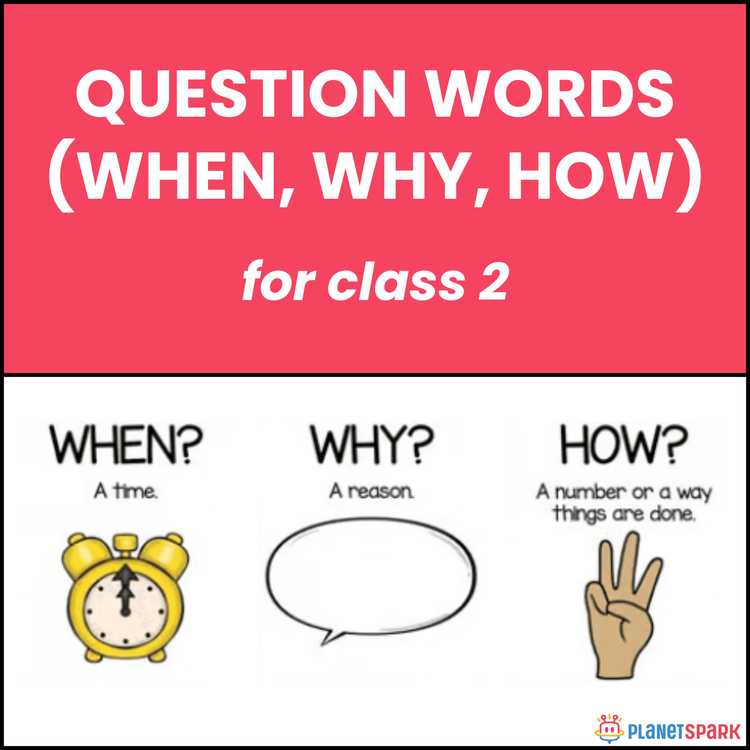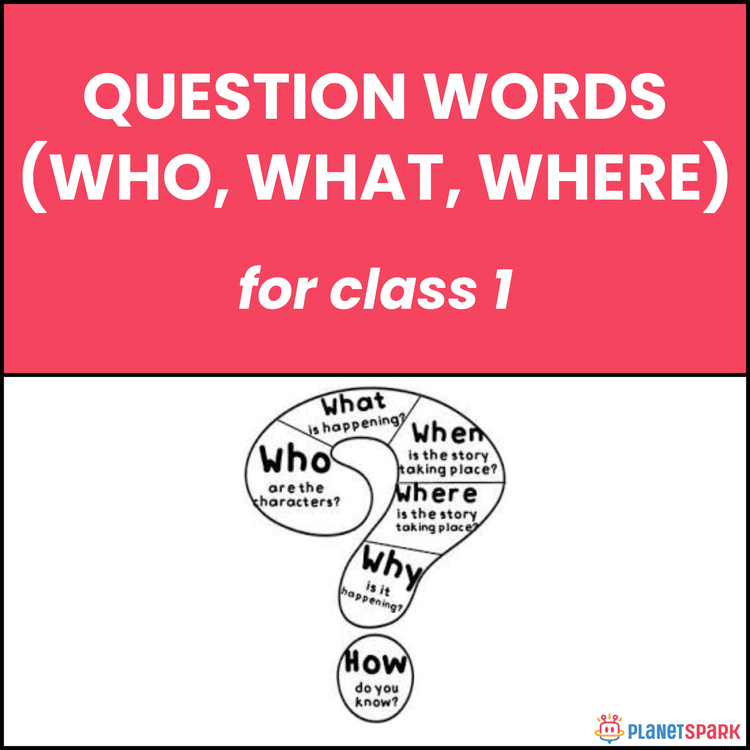Class KG Reading Comprehension on The Kite in the Sky
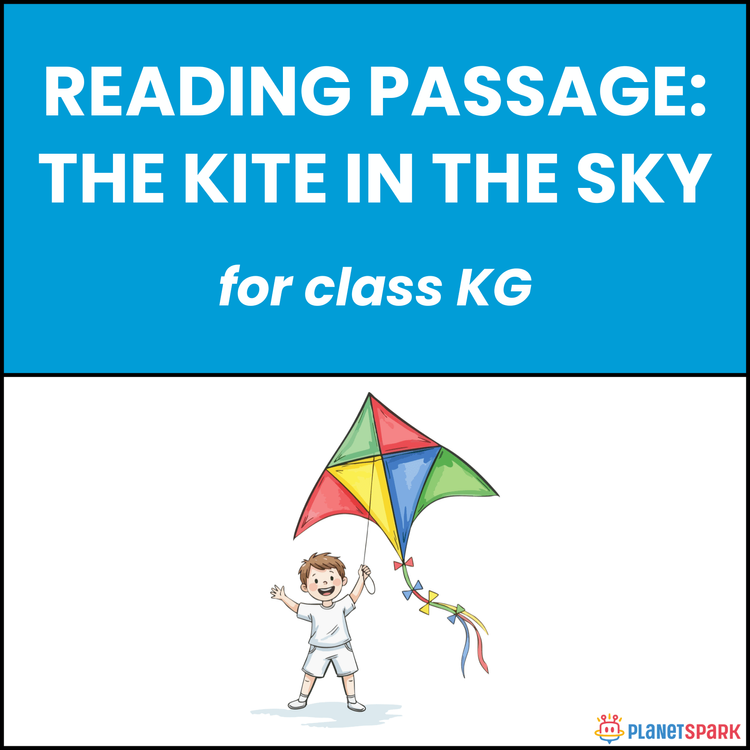

Class KG Reading Comprehension on The Kite in the Sky
The Kite in the Sky: Reading Comprehension for Kindergarten
This Kindergarten worksheet introduces children to the passage "The Kite in the Sky." The story tells about a boy named Amit who takes his kite to the field. He runs fast, and the kite goes high in the sky. Suddenly, the string breaks, and the kite flies away. Amit feels sad, but his father helps by tying the string again. Together, they fly the kite once more, and Amit learns how to hold the string carefully. This story builds comprehension, sequencing, and confidence in young learners.
Why Reading Comprehension Matters in Grammar?
Reading comprehension is essential for early learners because it:
1. Builds vocabulary with words like kite, sky, string, field, and father.
2. Teaches perseverance through real-life problem-solving situations.
3. Strengthens sequencing and recall by asking fact-based questions.
4. Connects grammar and comprehension with simple, engaging stories.
What’s Inside This Worksheet?
🧠 Exercise 1 – Read the Passage: A short story about Amit learning to fly a kite with his father.
✏️ Exercise 2 – Answer the Questions: Multiple-choice questions to check recall and understanding.
Answer Key (For Parents & Educators)
Exercise 2 – Multiple Choice Questions
1. Who took the kite? → Amit
2. Where did Amit go? → Field
3. What went high? → Kite
4. What broke? → String
5. Who came to help? → Father
6. How did Amit feel first? → Sad
7. What did father do? → Tied the string
8. What did they do together? → Flew the kite
9. What did father teach Amit? → How to hold the string carefully
10. How did Amit feel at the end? → Happy
This worksheet makes comprehension enjoyable and meaningful, helping Kindergarten learners build vocabulary and confidence through simple storytelling.
Support your child’s reading growth with this uplifting Kite in the Sky worksheet.
Frequently Asked Questions
They help children connect verbs like “fly” and “run” with visuals and actions.
They let children match short sentences with clear illustrations.
Using complete sentences and describing characters clearly.
